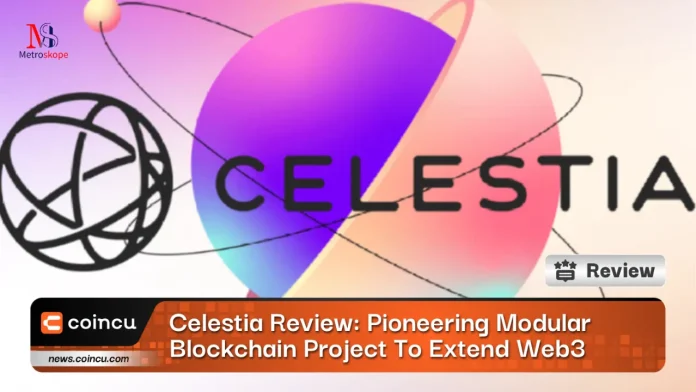1. What Is Blockchain?
Imagine a digital ledger, shared across many computers globally:
- Every transaction (like payments or contracts) gets recorded in a block.
- Blocks are linked—one after another—to form an immutable chain.
- No central authority controls it. Instead, everyone verifies it.
- Once written, entries can’t be changed. This ensures security and trust.
Why that matters: Blockchain removes the need for middlemen like banks—transactions become transparent, secure, and tamper‑proof.
2. Inside the Chain: How it Works
- You request a transaction (e.g., “Alice sends 1 crypto coin to Bob”).
- This request goes to a network of computers (called nodes).
- Nodes validate the request using consensus rules.
- Valid transactions are bundled into a block.
- The block is added to the chain.
- Everyone’s copy of the ledger updates—instantly.
Each block contains a hash, a digital fingerprint that links it securely to the previous block.
3. Why Blockchain Isn’t Just Another Database
| Feature | Blockchain Ledger | Centralized Database |
|---|---|---|
| Control | Decentralized | Centralized |
| Trust | Built into system | Requires centralized trust |
| Immutability | Yes | Often editable or mutable |
| Transparency | Public visibility possible | Limited or hidden access |
| Security | Highly resistant to tampering | Vulnerable to breaches |
4. Blockchain in the Real World
Blockchain powers many groundbreaking uses:
- Cryptocurrencies: Like Bitcoin and Ethereum—digital currencies without banks.
- Smart Contracts: Self-executing agreements (e.g., pay-out when conditions met).
- Supply Chain Tracking: From farm to table, every step visible.
- Healthcare: Secure patient data sharing.
- Real Estate: Immutable land registries.
5. Consensus Systems: How Do Nodes Agree?
- Proof of Work (PoW): Miners solve puzzles (energy-intensive).
- Proof of Stake (PoS): Validators stake tokens to secure the network.
- Proof of Governance: Community elects operators—no staking needed (emerging).
6. Celestia Spotlight: A Live Case Study
What’s Celestia?
A “modular blockchain” focusing on data availability services for other blockchains. It has its own token, TIA.
Issue in debate:
- TIA dropped by ~93% from its peak—early investors sold at major losses .
- Insider selling and huge token inflation (8% annual issuance) angered the community.
Founder’s response: Mustafa Al‑Bassam defended the team, reaffirming their commitment and $100 M+ funding runway, despite “FUD” (fear, uncertainty, doubt) .
A bold proposal:
- Move from PoS to Proof of Governance—no need for staking.
- Tokens will issue at only 0.25% annual inflation vs 8%, reducing new tokens massively
- Governance rights elect operators, and voting ensures accountability—no staking lock‑ups.
Why it matters:
- It’s a live experiment in blockchain evolution.
- Shows how emerging networks adapt to market, trust, and inflation challenges.
- Signals where blockchain could head next: tokenomics, governance, and decentralization.
7. Other Important Blockchain Terms
| Term | Meaning |
|---|---|
| Node | A computer participating in blockchain |
| Miner/Validator | Confirms and adds transactions |
| Hash | Unique fingerprint securing blocks |
| Smart Contract | Code that executes itself on blockchain |
| Wallet | Digital account for tokens |
| Public/Private Keys | Cryptographic access and security |
| Consensus | How nodes agree transactions are valid |
8. Types of Blockchains in Use
- Public: Open to anyone—e.g., Bitcoin, Ethereum.
- Private: Restricted—used by companies.
- Consortium: Controlled by a group (e.g., banks for shared ledgers).
9. Blockchain’s Future Trajectory
- More real-time finance infrastructure moving to blockchain.
- Use in green energy markets, digital IDs, voting, supply chains.
- Ongoing experimentation with consensus models seen in Celestia—look out for more innovation.
- Blockchain = decentralized, transparent, immutable ledger.
- Used for money, contracts, security, and data sharing.
- Consensus models (PoW, PoS, PoG) are evolving.
- Celestia’s shift highlights current blockchain challenges—and possible futures.

